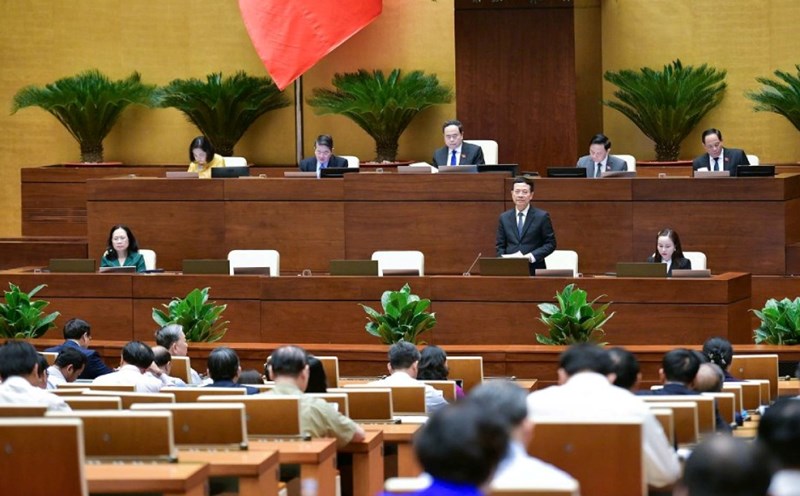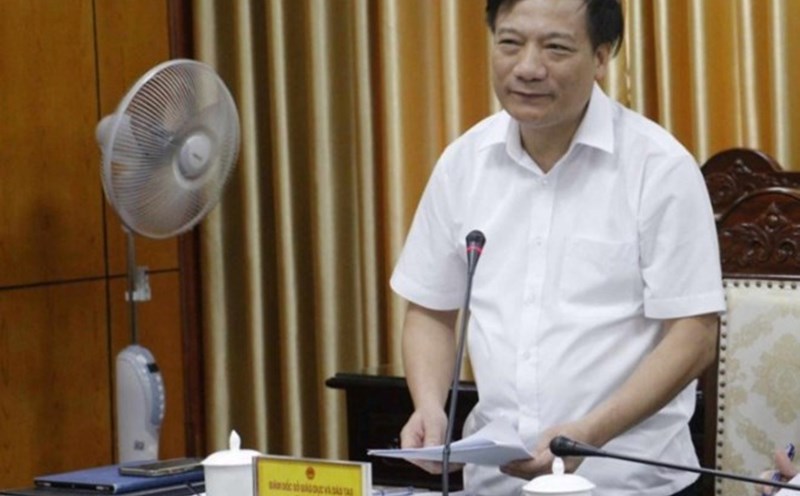According to Reuters, at the close of yesterday's session on November 8, the US dollar (USD) continued to increase and headed for its highest level of the week as investors assessed the impact of Donald Trump's election victory.
Experts predict that Trump’s policies, such as increased trade tariffs, immigration controls, tax cuts and reduced business regulations, will boost the economy and increase inflation. However, in the short term, it is unclear which policies will actually be implemented.
“We don’t know yet how much of Trump’s rhetoric is campaign rhetoric, how much is a negotiating strategy, and how much is real principle that will be implemented,” said Marc Chandler, an expert at Bannockburn Global Forex. As a result, the dollar and interest rates remain volatile as markets try to figure this out.
The dollar index hit a four-month high on November 6 but retreated slightly as investors took profits. It was up 0.58% on November 9 and is expected to rise 0.68% next week.
The latest data shows that US consumer confidence rose to a seven-month high in early November, based on a pre-election survey. The next big data point is the October consumer price index report next week.
“We need more clarity on US policy in the coming period from Trump,” said Athanasios Vamvakidis, an expert at Bank of America. “Until then, the future of the dollar will depend on the data and the Fed’s forecast of interest rates.”
Forecasting the future of the USD
According to experts, after Donald Trump's victory, the future of the USD still has many different scenarios:
USD gains on growth stimulus: Trump’s policies such as tax cuts, deregulation and government spending could boost the economy, leading to higher interest rates and a stronger USD. If the Fed raises interest rates, the USD could continue to gain as investors seek higher yields.
USD weakens due to trade tensions: Trump’s protectionist policies, including increased import tariffs and trade conflicts with major partners such as China and the EU, could cause concerns and reduce confidence in the USD. This could lead to a weakening of the currency.
USD falls on weak growth and high public debt: While tax cuts and increased spending may provide a short-term boost, rising budget deficits and public debt could erode confidence in the US's fiscal capacity, weakening the USD in the long term.
Strong USD on high interest rates: If the Fed continues to raise interest rates to control inflation, the USD could continue to appreciate against other currencies, especially the euro and the Japanese yen, as investors seek higher-yielding investments.
USD falls if growth misses expectations: If Trump's policies don't boost growth as expected, or if inflation doesn't pick up, the Fed could keep interest rates low, weakening the USD.











